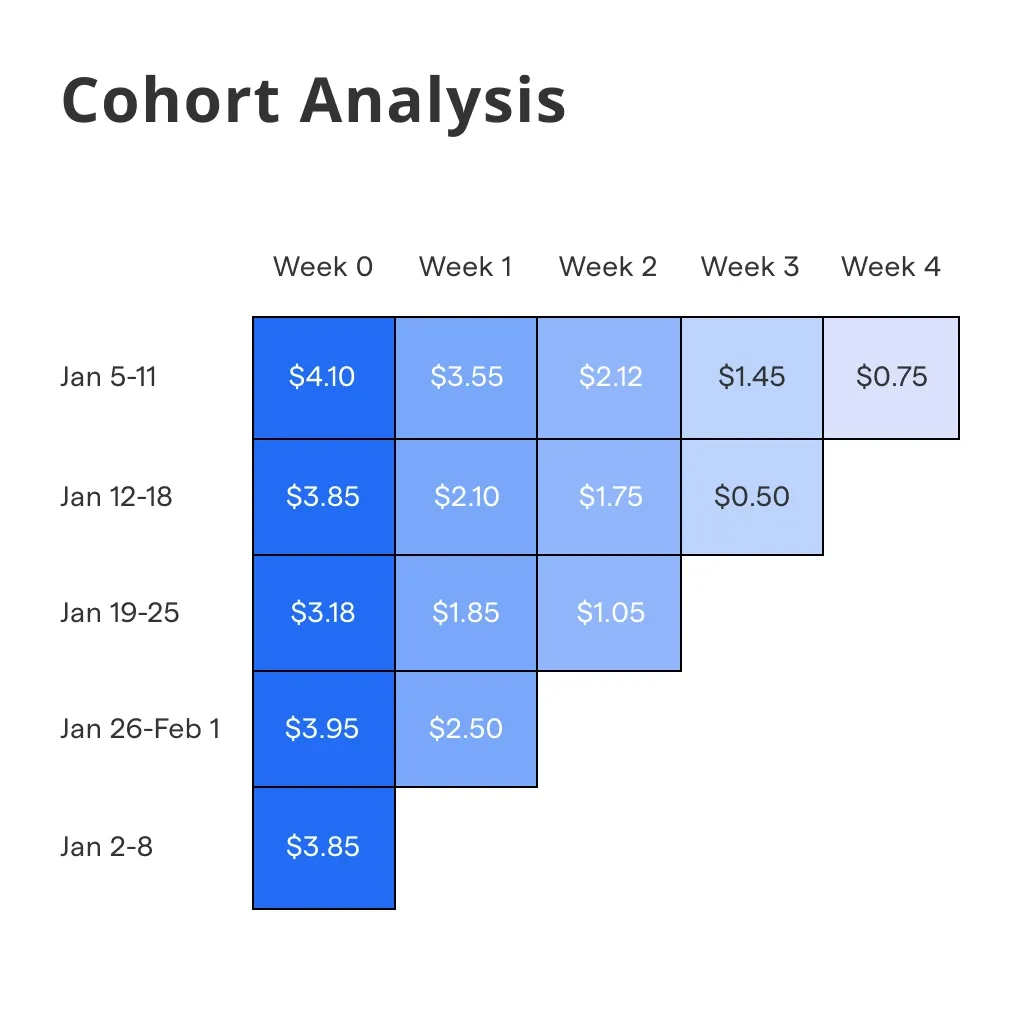What is Cohort Analysis?
Cohort Analysis is a descriptive analytics tool, a subset of behavioral analytics that takes data from a given data set and rather than looking at all users as one unit, it breaks them into related groups for analysis.
These related groups, or cohorts, usually share common characteristics or experiences within a defined time-span.
Definition
It sounds technical, but in fact, is a method of behavioral analytics that enables organizations to consider a particular group of users or customers over a specified timescale.
It’s an intelligence tool for understanding customer behavior and improving, marketing, sales, and user experience.
Purpose
The main aim of cohort analysis is to identify relationships between the characteristics of a subpopulation and that subpopulation's behavior with respect to your product.
In simple terms, it's there to answer questions like "do users who sign up during holiday sales spend more than average?".
Scope
If used right, cohort analysis can give fantastic insights into both your user base and product use.
It allows for targeting marketing efforts on specific sections of your user base that are likely to give you the best return on investment.
Importance
Why is it important, you ask? Well, it's a very effective method to understand the effect of partialities that exist in your user base.
Since it observes and scrutinizes finer details about customer behavior such as time-to-conversion, churn rate, etc., it helps provide insights valuable for creating personalized experiences and user retention.
Origin
This fascinating research method isn't new. The term "cohort" is derived from the Latin "cohors," and its roots can be traced back to the fields of medicine, sociology, and life-course studies.
Who Uses Cohort Analysis?
Let's now look at the different players in a business who can make the most out of a Cohort Analysis.
Marketers
Marketers use it to measure the effect of various marketing strategies over time on similar cohorts - a fantastic way to identify what's working and what isn't.
Product Managers
Product Managers use it to evaluate how changes to a product or service impact user engagement. They can check if new users respond well to changes and if there are any improvements in churn rate or retention.
UX/UI Designers
UX/UI designers can learn a lot about which aspects of the interface are causing strain or confusion and thereby optimize design accordingly.
Business Executives
Business executives utilize it to get a clear understanding of the customer lifecycle and deep insights into customer behavior. It helps to make strategic decisions and adjustments to optimize resources.
Researchers
Researchers, too, can dig out a lot of actionable insights and trends in user behavior over time from cohort analysis and formulate hypotheses accordingly.
Why Should One Use Cohort Analysis?
Simply put, Cohort Analysis is a great way to derive insights that can help in making crucial business decisions. But let's break it down even more.
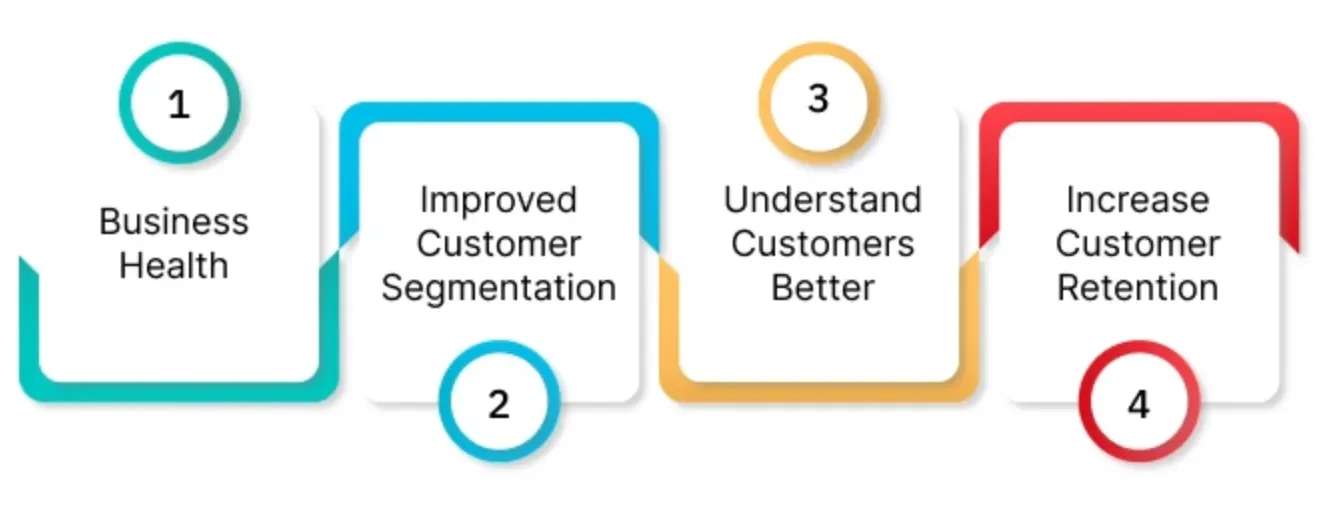
Retention
Because it gives an understanding of customer loyalty and retention rate over time, it works amazingly well for churn analysis and optimizing user retention strategies.
Product Development
New features, product improvements, or updates can be gauged more accurately with Cohort Analysis. It answers questions like - Did the users engage more with the product after a feature was released?
Did it improve customer retention? So you can see, it directly impacts product roadmap decisions.
Marketing Strategies
Cohort Analysis is your friend when you’re out there trying to figure out which marketing campaigns perform better.
For instance, check if customers acquired from a Facebook campaign spend more than the ones acquired via an Email campaign.
Customer Lifetime Value (LTV)
Understanding the customer lifecycle and behavior helps in estimating the value a customer brings to your business over the course of their relationship with your brand.
Cohort Analysis is used in assessing and improving the Lifetime Value of a customer.
Benchmarking
Cohort Analysis is also used in comparing the performance of different cohorts over time. This aids in benchmarking your strategies with industry practices and reassessing your standing in the market.
When to Use Cohort Analysis?
Indeed, timing is everything! And it's a critical question - when should Cohort Analysis be done?
Launching New Features
When you launch new features, that's a great time to use Cohort Analysis. It allows you to assess how these changes impact user behavior and engagement.
Marketing Campaigns
Doing Cohort Analysis during your marketing campaigns helps you in understanding the effectiveness and ROI of different marketing strategies and tweak them as needed in real time.
Churn Rates High? Cohort Analysis to the Rescue!
Cohort Analysis is your go-to tool when you face high churn rates. It helps you in understanding why users drop off, and what can be done to improve retention.
Regularly, of Course!
Cohort Analysis should be a part of the regular review process of your business strategy, to systematically drive continuous improvements in your product and service offerings
Major Changes Afoot? Do a Cohort Analysis.
If there are any updates in your market, product, or internal policies then it's time for Cohort Analysis to understand the impact of these changes on different cohorts.
Data Needed for Cohort Analysis
Cohort Analysis is data-driven. But what data do we need exactly?
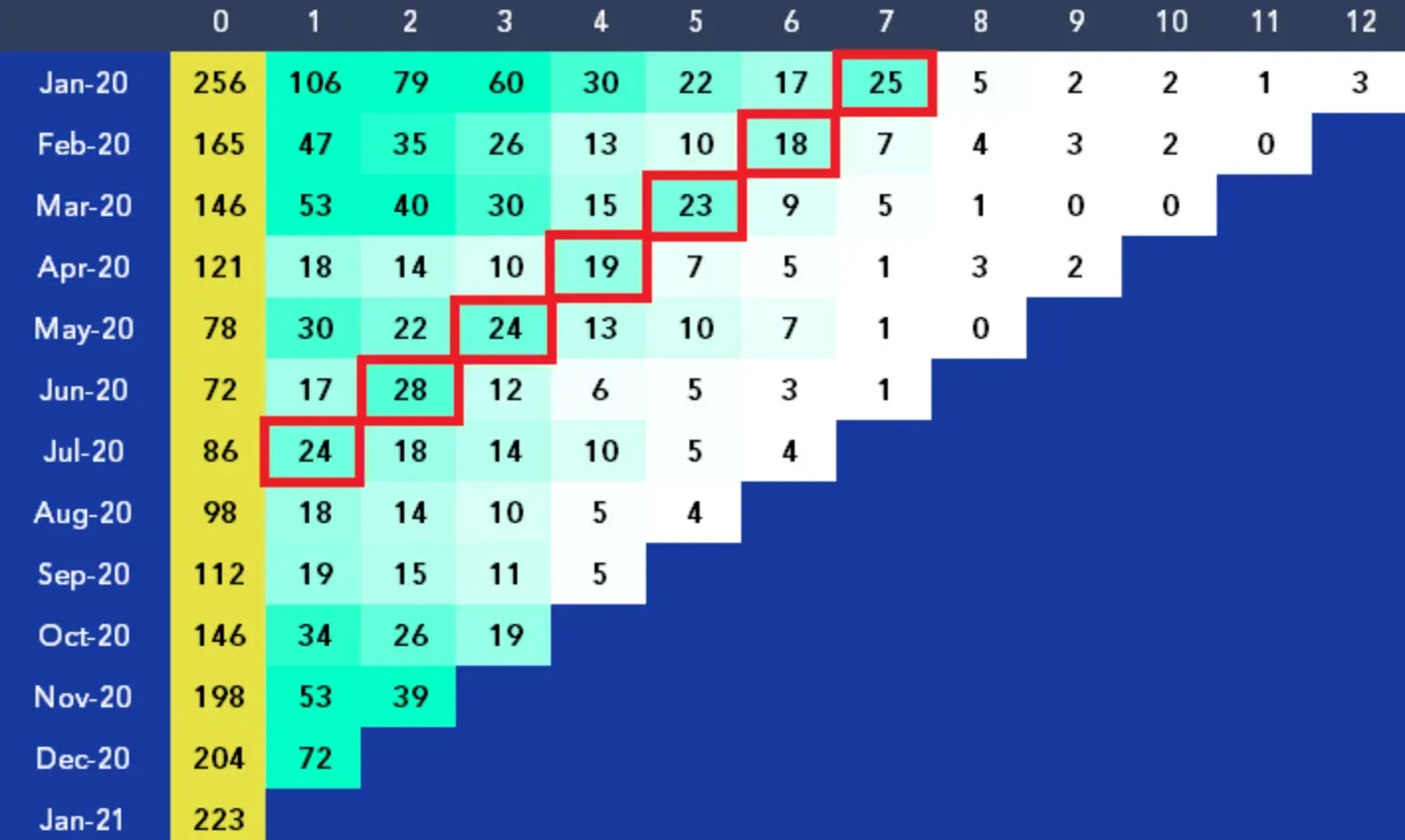
User Acquisition Dates
When did your users join or get acquired? This information forms the foundation for cohort division.
Behavioral Data
That's right! You need detailed data about how customers interact with your product or services over time, and how their behavior evolves.
Demographic Information
Guess what? Demographics can have a significant impact on behavior. That's why we need data about the user's age, location, sex, etc.
Transactional Data
We're talking about purchase dates, purchase frequency, purchase size, and product preferences. They're crucial data, especially for e-commerce or subscription-based models.
Engagement Metrics
You would want metrics like session length, frequency of use, and feature interactions. They are key indicators of user engagement and can offer a wealth of insights.
How to Perform Cohort Analysis?
Now the biggy - the "how-to" of Cohort Analysis. But don’t worry, you got this. Let’s break it down into steps.
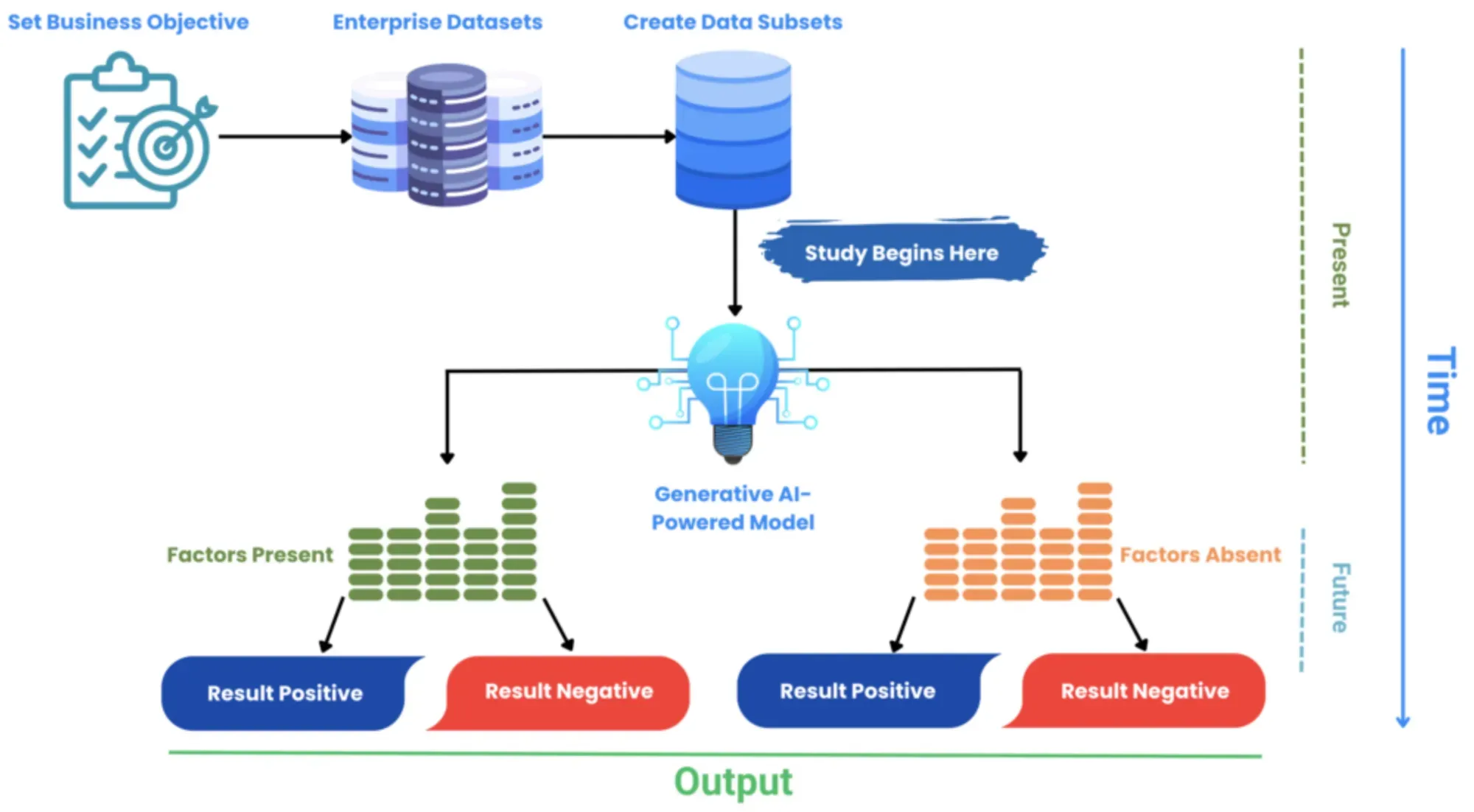
Objective Definition
Start with a clear objective. It's important to know what you want to achieve or learn from the Cohort Analysis. This guides your entire analysis process.
Segmenting Data
Once you have the data in hand, the next step is to segment your customer data into cohorts.
Selecting the Right Metrics
To get meaningful insights, define the metrics that align with the goal of the Cohort Analysis. Measure these metrics across cohorts over time.
Data Analysis
Next, we get down to analytics. Use data visualization tools to make these analyses visually accessible and more intuitive.
Result Interpretation
What's the story from your data? Connect the dots from data to insights, fleshing out the insights story. Use these to guide your strategic decisions.
Challenges in Cohort Analysis
Yes, Cohort Analysis is not all roses. It does come with its own set of challenges.
Data Quality
Poor quality or incomplete data can lead to misleading analyses. The quality of your analysis can never be better than the quality of your data.
Complexity
Cohort Analysis can be complicated. The level of segmentation and analysis can be resource-intensive, requiring an adequate level of analytics expertise.
Changing Behavior
User behavior is not constant and changes over time. It can be challenging to attribute changes in behavior to specific changes in your service.
Cohort Identification
Defining cohorts is a critical step, but not a simple one. Incorrectly defining cohorts can distort your analysis results.
Actionability
It's vital to turn your insights into action. But sometimes, the insights might not be clear-cut or decisive, making actionability tricky.
Trends in Cohort Analysis
Like all things data, Cohort Analysis follows certain trends.
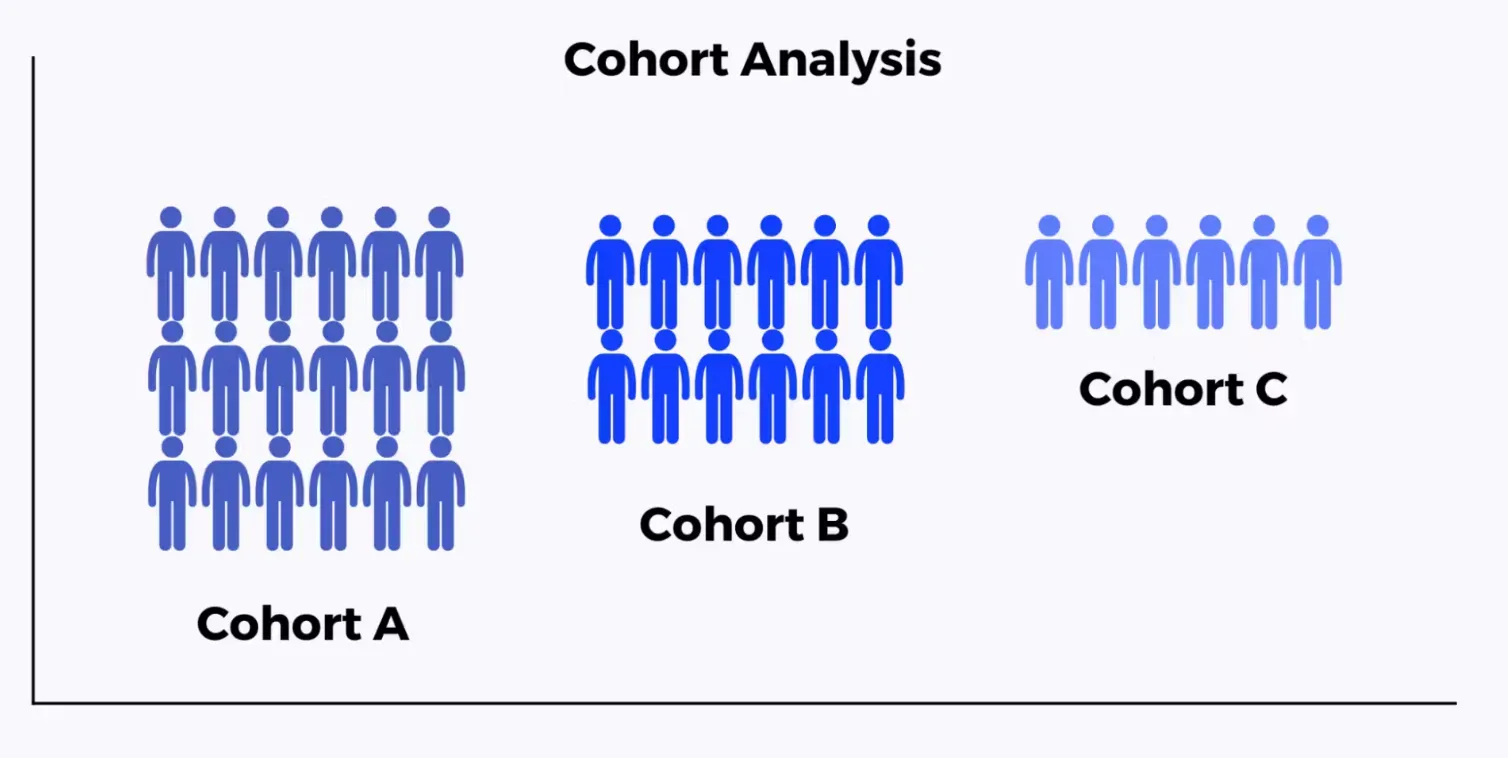
Advanced Analytics and AI
Machine Learning and AI are transforming Cohort Analysis with predictive insights, allowing businesses to foresee and fix issues.
Real-time Analysis
Today's fast-paced world demands Cohort Analysis in real-time, enabling businesses to react to data insights in the moment.
Enhanced User Segmentation
Improved data collection and analysis services are allowing more nuanced and detailed segmentation of users into cohorts.
Cross-platform Cohort Analysis
With users across multiple platforms, the analysis of cross-platform user cohorts is becoming more important.
Personalization
As personalization becomes a buzzword, Cohort Analysis is seeing widespread use to create segments for personalized marketing.
Best Practices for Cohort Analysis
Want to perfect your Cohort Analysis game? Here are some best practices.
Relevant Segmentation
Keep your cohort segmentation relevant, meaningful, and tailored to your objectives and goals.
Be Data Flexible
Adapt your analysis based on initial findings. Stay open to new insights and discoveries about your user base.
Choose the Right Tools
Data can be overwhelming. Choose tools that suit your data size and complexity, allowing you to navigate data effectively.
Focus on Actionable Insights
Insights without action are worthless. Always focus on extracting insights that can guide your actions.
Continuous Improvement
Cohort Analysis is not a one-off. Continually refine the process based on new data and insights.
In summary, Cohort Analysis is a potent tool for any business that seeks to understand its users deeply and improve user engagement.
While it does have its challenges, understanding it well and using best practices can help businesses unlock its true potential.
Frequently Asked Questions (FAQs)
What Makes Cohort Analysis Unique from Other Analytical Methods?
Cohort Analysis groups users based on shared characteristics over a specific time, allowing insights into behaviors and experiences unique to each cohort.
How Can Cohort Analysis Benefit Marketing Strategies?
It enables marketers to tailor campaigns more accurately by understanding the behaviors and preferences of specific user groups.
Does Cohort Analysis Apply Only to Customer Behavior?
While often used for studying customer behavior, it's also applicable in health, social research, and any field requiring temporal analysis of groups.
What Role Does Cohort Analysis Play in Product Development?
By identifying how different subsets of users interact with a product over time, it can guide feature enhancement and prioritization in the development phases.
Can Cohort Analysis Predict Future Trends?
While primarily retrospective, cohort analysis can help in forecasting trends by highlighting patterns and behaviors that are likely to repeat within cohorts.
